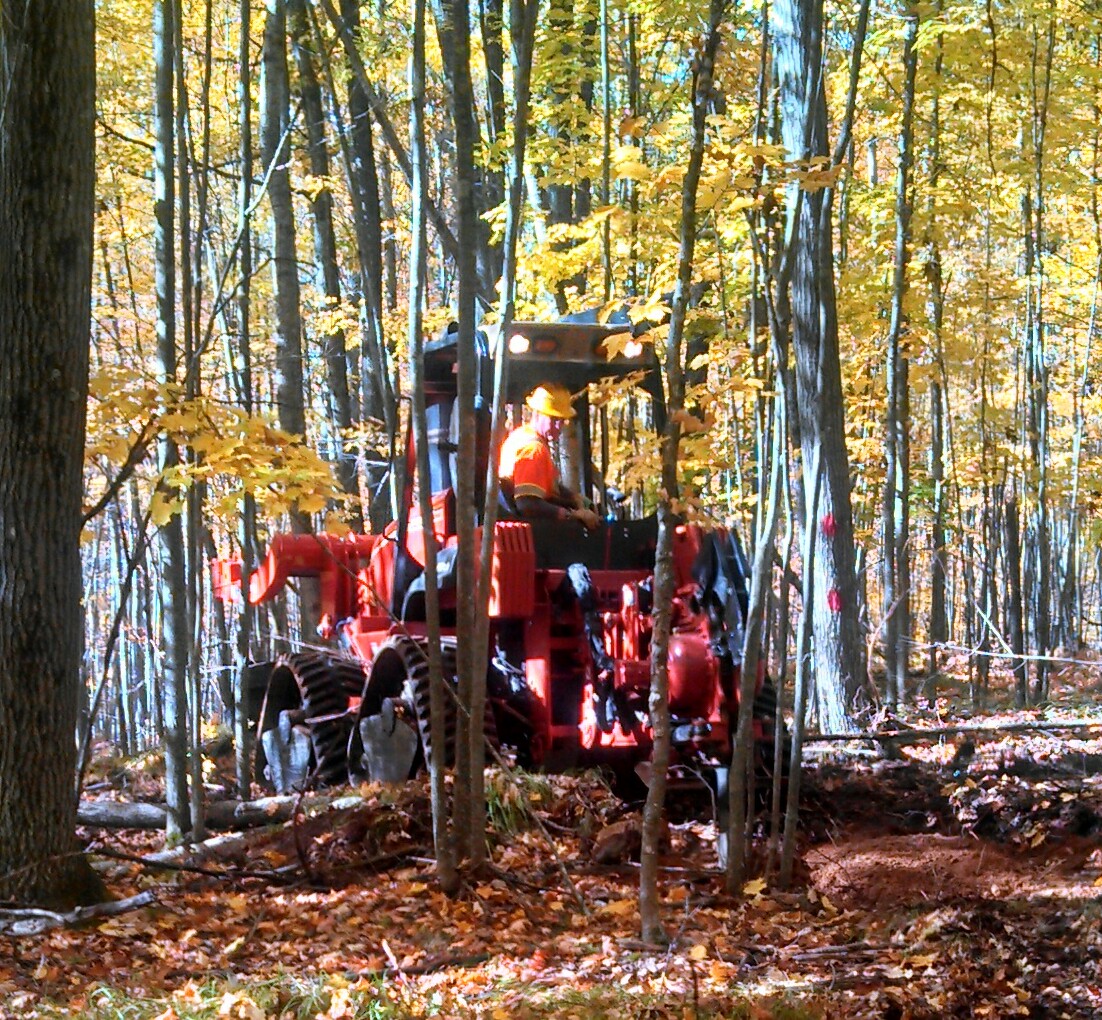 Oak trees can be found all over the world, but they save their full display for the United States. More than 50 species of oak grow from coast to coast, and in a few unique places like Michigan, still form the basis for a rare and valuable ecosystem known as oak savannas.
Oak trees can be found all over the world, but they save their full display for the United States. More than 50 species of oak grow from coast to coast, and in a few unique places like Michigan, still form the basis for a rare and valuable ecosystem known as oak savannas.
For wildlife as well as people, oaks are valuable trees. They offer food and shelter, as well as valuable timber used in everything from flooring to the casks in which we age our spirits.
Unfortunately America’s oaks are threatened by a foreign menace known as oak wilt.
Arriving in the United States in 1944, the fungus Ceratocystis fagacearum targets 33 species of oak and can kill a tree within weeks. Thousands of oaks are lost to this fungus every year, posing a huge threat to our forests and economy. With the help of the United States Forest Service (USFS), Michigan’s Upper Peninsula is on the frontlines of the war to save our oak trees.
Under State Forester Bill O’Neill, Michigan’s Department of Natural Resources (DNR) Forest Resources Division has been working to suppress oak wilt as part of their Forest Action Plan.
This plan is the blueprint for Michigan’s woodland future, and containing the oak wilt threat is vital to help protect the more than 149 million grown red oaks living in Michigan. Controlling the spread of the fungus is challenging, as it spreads through the root structures of one tree to the next.
Even if a tree seems fine its roots may have already been infected by a neighbor, making the problem difficult to track before it’s too late. Pruning or otherwise injuring oaks attract beetles which move oak wilt from infected trees nearby to wounds from April 15 through July 15. Critically, human activities also play a part in spreading oak wilt to new areas far away, as the fungus can survive in pieces cut for logs or firewood. Tackling the challenge requires not only finding and removing infected trees, but educating communities about how oak wilt spreads.
Each time oak wilt has been located, DNR and Michigan State University Extension have marked it and uploaded the location to a statewide database. The database is used to develop strategies to prevent the spread of the disease and to formulate actions to remove oak wilt from our urban and rural oak resources.
To stop the fungus from moving tree to tree through grafted tree roots, the DNR uses funds from a much-needed suppression grant to rent a vibratory plow. Staff fits the plow with a special blade which slices through the ground and roots to a depth of 5 feet. To date, the Upper Peninsula staff has located and removed about 300 oak wilt pockets by plowing more than 150,000 feet of root barriers. Though there is still much to do, pest-suppression funding has helped create what DNR hopes will be become a textbook way to treat oak wilt in Michigan.
Photo by Ronald Murray

